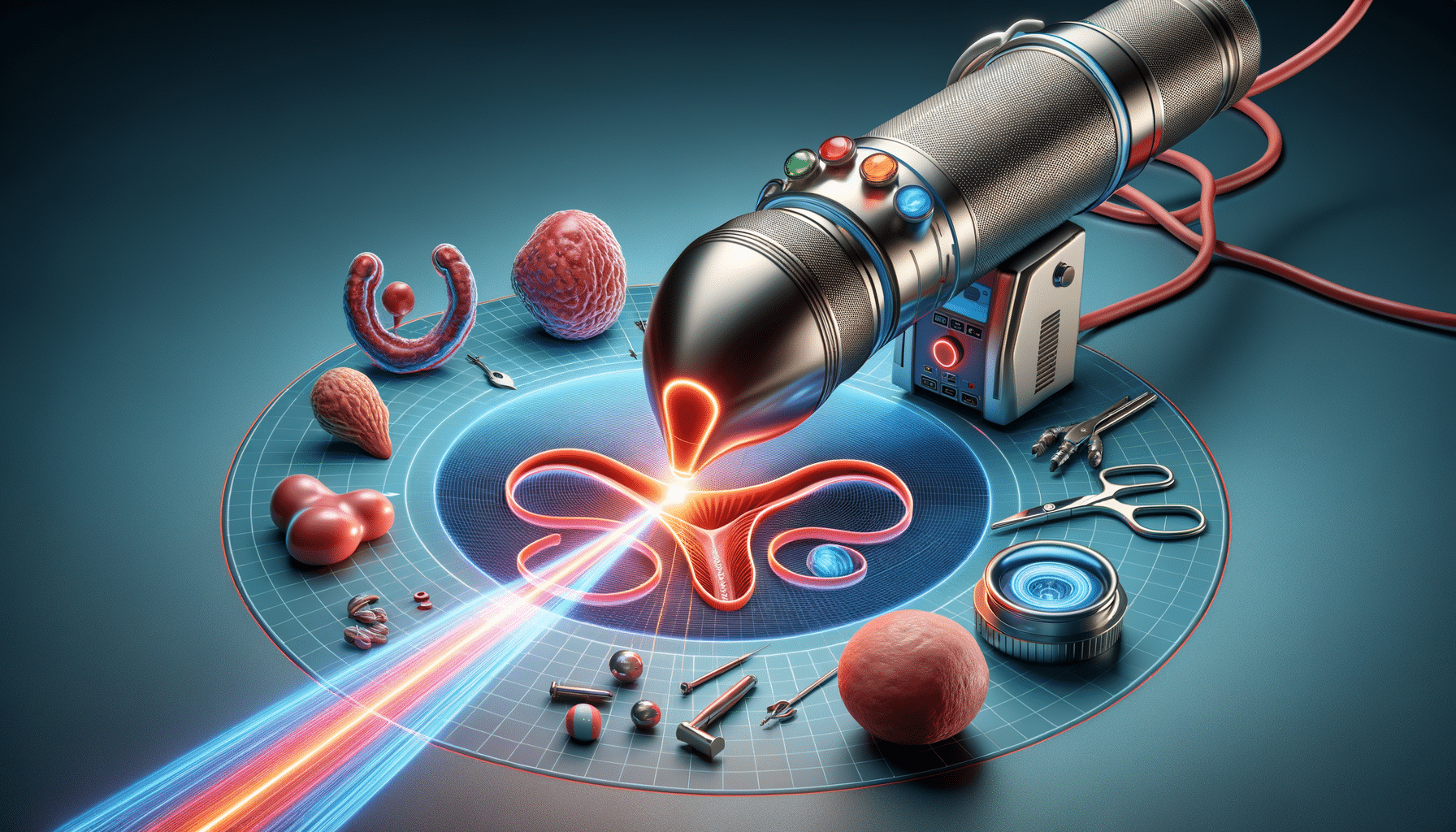
Exploring Focal Laser Ablation Therapy for Prostate Cancer
Understanding Focal Laser Ablation
Focal Laser Ablation (FLA) is an innovative treatment for prostate cancer that targets only the cancerous tissue, preserving the surrounding healthy tissue. This approach contrasts with traditional treatments such as surgery or radiation, which often affect the entire prostate. FLA uses laser energy to precisely ablate cancerous cells, minimizing damage to nearby structures and reducing side effects. The procedure is typically guided by MRI, which provides real-time imaging to ensure accuracy. This precision makes FLA an attractive option for patients with localized prostate cancer, as it aims to maintain quality of life by reducing common side effects like incontinence and erectile dysfunction.
Benefits of Focal Laser Ablation
One of the significant advantages of Focal Laser Ablation is its minimally invasive nature. Unlike traditional surgery, which requires significant recovery time, FLA is often performed on an outpatient basis, allowing patients to return home the same day. The procedure’s precision reduces the risk of complications and preserves urinary and sexual function, which are common concerns for prostate cancer patients. Furthermore, FLA can be repeated if necessary, offering a flexible treatment option. This adaptability is particularly beneficial for patients with recurrent cancer or those who wish to avoid more aggressive treatments.
Comparing FLA with Traditional Treatments
Traditional prostate cancer treatments, such as radical prostatectomy and radiation therapy, have long been the standard. However, these methods often come with significant side effects due to their invasive nature. Radical prostatectomy involves the removal of the entire prostate gland, which can lead to complications like urinary incontinence and erectile dysfunction. Radiation therapy, while less invasive, can still affect surrounding healthy tissues, leading to similar side effects. In contrast, Focal Laser Ablation offers a targeted approach, focusing only on the cancerous areas and sparing healthy tissue, which significantly reduces the risk of side effects. This comparison highlights FLA’s potential to change the landscape of prostate cancer treatment by offering a less invasive yet effective alternative.
Patient Eligibility and Considerations
Focal Laser Ablation is not suitable for all prostate cancer patients. It is primarily recommended for those with localized cancer, where the disease is confined to a specific area of the prostate. Patients with more advanced cancer may require comprehensive treatment approaches. Before opting for FLA, patients undergo thorough evaluations, including MRI scans and biopsies, to ensure the cancer is suitable for this targeted therapy. Additionally, patients should consider their overall health, cancer stage, and personal preferences when deciding on FLA. Consulting with a multidisciplinary team of specialists can provide a comprehensive understanding of the potential benefits and limitations of FLA in their specific case.
Future Prospects and Research
The future of Focal Laser Ablation looks promising, with ongoing research focusing on improving its efficacy and expanding its applicability. Current studies are exploring the use of advanced imaging techniques to enhance the precision of FLA further. Researchers are also investigating the potential of combining FLA with other treatments, such as immunotherapy, to boost its effectiveness. As technology advances, FLA may become a more widely accepted option for prostate cancer treatment, potentially offering a middle ground between active surveillance and aggressive treatments. The continued research and clinical trials will be crucial in determining the long-term outcomes and benefits of FLA, paving the way for its broader adoption in clinical practice.